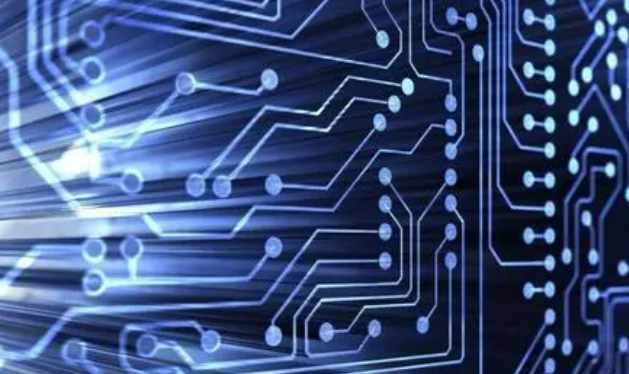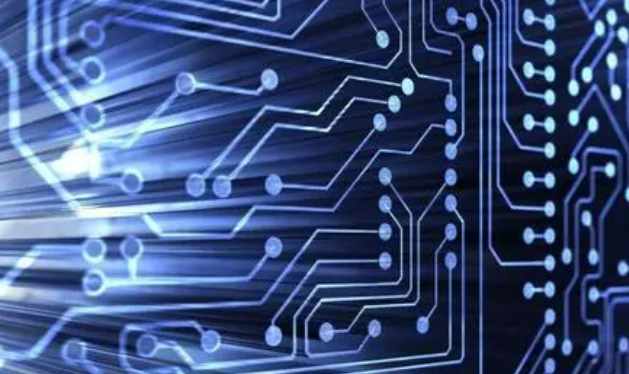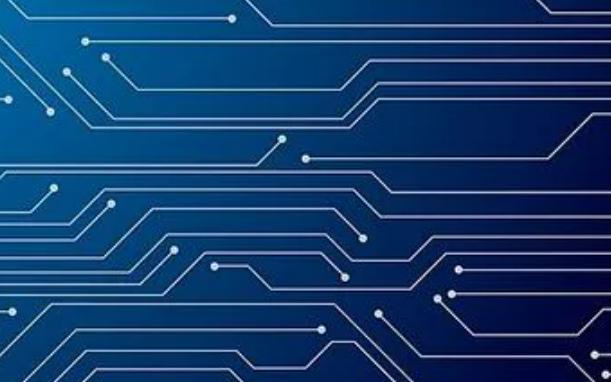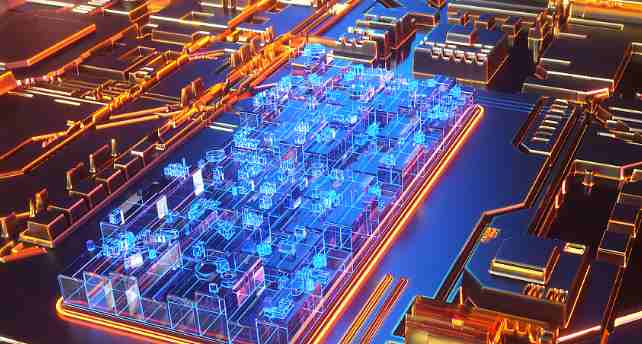
If you are designing a complex system from the ground up, use 0.093 inch and 0.100 inch thick cards to support the wiring layer and grounding isolation layer. The thickness of the card must also be adjusted according to the wiring characteristics of the perforated plate and the hole so that the aspect ratio of the hole diameter to the finished card thickness does not exceed the aspect ratio of the metallized hole provided by the manufacturer.
If a low-cost, high-yield commercial product is to be designed with a minimum number of wiring layers, carefully consider the wiring details of all special power supplies on a mixed-signal PCB before laying out or wiring. Have the target manufacturer review the preliminary layering scheme before starting the layout and wiring. Layering is basically based on the thickness of the finished product, the number of layers, the weight of the copper, the impedance (with tolerance) and the minimum size of the through hole pads and holes. The manufacturer should provide layering recommendations in writing.
Examples of configurations of all controlled impedance strip and microstrip lines should be included in the recommendation. Your impedance predictions are considered in conjunction with the manufacturer's impedance predictions, which can then be used to verify signal wiring characteristics in the simulation tools used to develop CAD wiring rules.
PCB design, in the eyes of many people, is a physical work. However, I have been personally laying out and wiring in the early stage of a project, and only after the completion of some modifications to my colleagues, but also explain to them one by one why the wiring is necessary. I often comment on the PCB board designed by my colleagues and point out the missing places, so that my colleagues have made great improvements in PCB design.
A former colleague was in charge of a stepper motor drive board, but its performance index always failed to meet the performance mentioned in the document. Although it could be used, it was found that it violated some basic principles of PCB wiring after in-depth analysis, and its performance was very good after modification, which made me feel the importance of PCB wiring once again. In particular, we often do high-power power supply, sensors such as PCB wiring requirements are very strict.
In the forum, I saw the problem of PCB wiring raised by a lot of netizens. I felt the problem caused by stepper motor wiring before, so I used common sense to understand the PCB wiring, which is easy to understand, avoid the circuit circuit, electromagnetic field transmission line and other profound and complex things, and the more I talked about it, the more I talked about it, so that everyone could understand what was going on fundamentally and not be constrained by some technical terms. It has been recognized by most netizens.

PCB wiring, is to lay energized signal road connected to each device, it is like building roads, connecting each city through the car, it is the same thing.
Understand PCB wiring
Road construction requires two lines, one to one, and the same is true for PCB wiring. A circuit of two lines needs to be formed. For low-frequency circuit, it is a circuit; for high-speed electromagnetic field, it is a transmission line, and the most common one is differential signal line. Such as USB, network cable, etc. The impedance characteristics of transmission lines are not further explained in this article. Please refer to the article "Comprehensible electromagnetic field theory".
It can be said that the differential signal line is an ideal model for connecting device signals. The higher the signal requirement, the closer to the differential signal line.
Double-sided PCB board. Use the bottom level as a common reference loop
When there are a lot of components on a board, if all of them are distributed by differential lines, the PCB area is too large, the second is to distribute 2N lines, the workload is too large, the difficulty is great, so people put forward the concept of multi-layer PCB according to the actual needs, the most typical is double-sided PCB board. The bottom layer as a common reference loop, so that wiring only need N+1 can be cloth, PCB layout is also greatly reduced.
Understand PCB wiring
Public reference loop, that is, we often say the reference ground, for most embedded industries, signal because the digital signal quality requirements are not very high, so the use of the whole layer of reference ground, can reduce the board surface, but also improve efficiency, greatly save time, by everyone. In fact, reducing the surface of the board is to shorten the length of the signal line, which can also partially offset the problem of signal quality reduction caused by the reference ground. Therefore, in practice, the PCB wiring effect of introducing the reference ground is basically close to the ideal model of the difference line. Today, we are used to this way, it seems that PCB wiring, is to have a layer of reference, no why.
In the double-panel design, jumper is needed to exchange crossover lines to the stratum because there are often crossover lines. It should be pointed out in particular that the jumper should not be too long. If it is too long, it is easy to divide the reference ground. Otherwise the signal loop is completely destroyed and the reference ground loses its meaning. Therefore, generally speaking, the reference stratum is only suitable for short jumper of the signal line. The signal line should be distributed on the top layer as far as possible, or more layers of PCB board should be introduced.
If roads are too close to each other, it is easy to be affected. For example, when taking high-speed rail, I can feel the influence of the train coming from the opposite side on my train. The signal line should not be too close. If the signal line and the signal line are parallel, a certain distance must be maintained. This is subject to the experiment, and there should be a good reference at the bottom. Low frequency small signal, the general effect is not very big, high frequency strong signal is need to pay attention to.
For PCB wiring with high frequency and high current, such as switching power supply, the most taboo is that the drive signal is interfered by output strong current and strong voltage. The driving signal of MOS tube is easily affected by the output strong current. The two should keep a certain distance and not be too close. In the era of analog sound, the amplifier amplification is too high, there will be self-excited effect, the reason is the same as MOS tube.
The carrier of PCB wiring is PCB board. Generally, the reference ground is 1mm away from the edge of the PCB board, and the signal line is 1mm away from the edge of the reference ground. In this way, the signals are confined within the PCB board and EMC radiation can be reduced.
When you don't have a concept of PCB design, just think about our daily road, the two are exactly the same.









